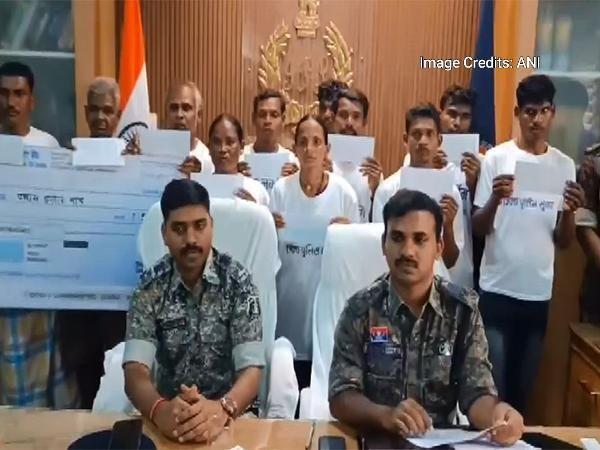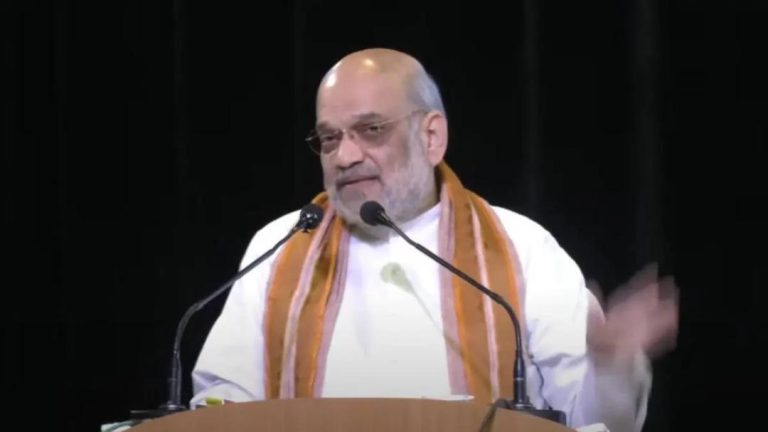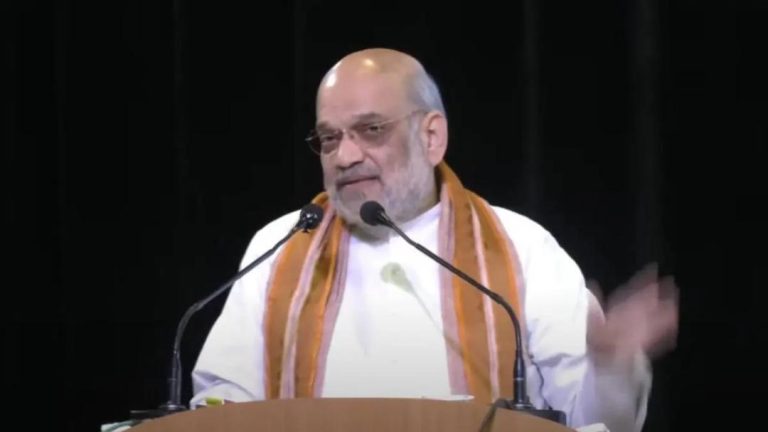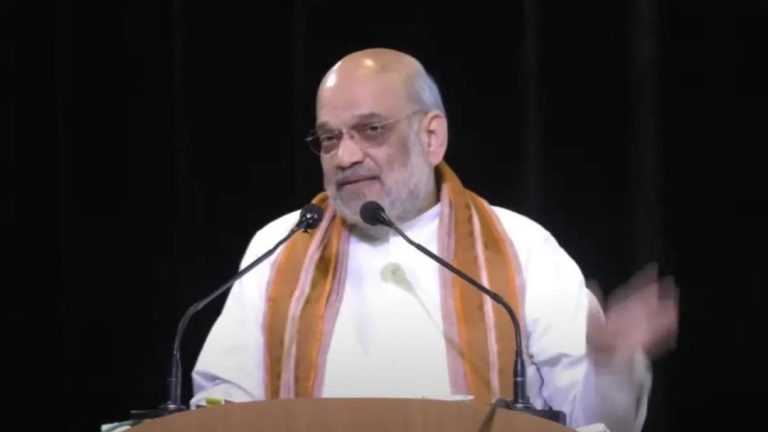
22 Naxals, Including 9 Women, Surrender in Chhattisgarh’s Sukma
In a significant development, 22 Naxals, including nine women, have surrendered to the security forces in Chhattisgarh’s Sukma district. This dramatic turn of events marks a significant blow to the Naxalite movement in the region, which has been a major concern for the government and security forces for years.
According to Sukma Superintendent of Police (SP) Kiran Gangaram Chavan, the surrendered Naxals are from the Maad (Chhattisgarh) and Nuapada (Odisha) divisions. The group holds different ranks and has varying bounties on their heads, ranging from ₹5 lakh to ₹8 lakh.
This development comes as a major relief to the security forces, who have been battling the Naxalite movement in the region for years. The Naxals have been responsible for numerous attacks on security personnel, civilians, and infrastructure, causing significant destruction and loss of life.
The surrender of these 22 Naxals, including nine women, is a testament to the resolve of the security forces and the state government to bring an end to the Naxalite movement in the region. The government has been working tirelessly to improve the lives of the people in the region, providing them with better infrastructure, education, and healthcare facilities.
The surrendered Naxals include some senior leaders who were responsible for leading the Naxalite movement in the region. Their surrender is a significant blow to the Naxalite movement, as it weakens their leadership and undermines their ability to carry out attacks on security forces and civilians.
The government has been providing rehabilitation and integration programs for surrendered Naxals, which include providing them with financial assistance, education, and job opportunities. The government has also set up rehabilitation centers in the region to help surrendered Naxals reintegrate into society.
The surrender of these 22 Naxals is a significant development in the region, and it marks a major victory for the security forces and the state government. It is a testament to the government’s commitment to bringing an end to the Naxalite movement and providing a safe and secure environment for the people in the region.
Background of the Naxalite Movement
The Naxalite movement in India has its roots in the 1960s, when a group of radical Leftist intellectuals and activists, led by Charu Majumdar, formed the Communist Party of India (Marxist-Leninist) (CPI-ML). The party’s ideology was based on the principles of Marxism-Leninism, and they believed that the Indian government was responsible for the exploitation and oppression of the working class and the peasants.
The CPI-ML launched a revolutionary movement against the government, which was met with brutal force by the security forces. The movement gained momentum in the 1970s and 1980s, particularly in the eastern and central regions of India, where the party had strong support among the peasants and the working class.
Over the years, the Naxalite movement has fragmented into several factions, each with its own ideology and leadership. Some of the factions have adopted a more moderate approach, while others have become increasingly radical and violent.
The Naxalite Movement in Chhattisgarh
Chhattisgarh has been one of the most affected states in the Naxalite movement. The movement gained momentum in the state in the 1990s, particularly in the tribal-dominated regions of Bastar, Dantewada, and Sukma.
The Naxalites in Chhattisgarh have been responsible for numerous attacks on security personnel, civilians, and infrastructure. They have also been involved in extortion and other criminal activities, which have further destabilized the region.
The government has been working to combat the Naxalite movement in the state, and has launched several operations to flush out the Naxals from the region. The security forces have also been providing protection to the people in the region, and have set up camps and checkpoints to prevent Naxalite activities.
Conclusion
The surrender of 22 Naxals, including nine women, in Chhattisgarh’s Sukma district is a significant development in the region. It marks a major blow to the Naxalite movement, which has been a major concern for the government and security forces for years.
The government’s rehabilitation and integration programs for surrendered Naxals are a positive step towards reintegrating them into society and providing them with a chance to lead a peaceful and productive life. The government’s commitment to bringing an end to the Naxalite movement and providing a safe and secure environment for the people in the region is evident in its efforts to improve the lives of the people in the region.
As the Naxalite movement continues to evolve and adapt to the changing circumstances, it is essential for the government and security forces to remain vigilant and proactive in their efforts to combat the movement. The surrender of these 22 Naxals is a significant step forward, and it is hoped that it will mark a turning point in the region’s struggle against the Naxalite movement.
Source:






